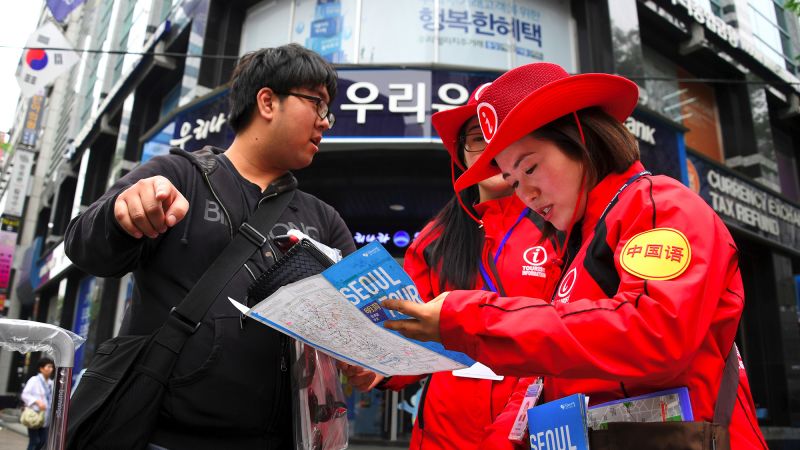The article discusses the contrasting roles of tourist information centers in Asia and Europe. While cities in Europe, such as Paris and parts of Scotland, are closing these centers due to the rise in smartphone use and social media, Asian countries are expanding them. Tammy Melmelstein shares her positive experience at a tourist information booth in Japan, where she collected stamps and received helpful advice during her family’s three-week trip.
Experts, like Xiang Li from the University of Hong Kong, explain that Asian tourists often value in-person support due to limited international travel experience and language barriers. This leads to increasing numbers of centers, such as in South Korea where the count rose from 300 in 2015 to 638 currently. Japan is also expanding its centers, opening 250 from 2018 to 2024, to cater to the projected influx of tourists.
The Japanese centers offer unique experiences, such as stamp collecting, which has become popular among travelers. Visitors like Thai entrepreneur Patrick Pakanan emphasize the value of interacting with locals at these centers for advice on cultural and culinary experiences. Overall, the article highlights that while European destinations move to digital solutions, Asian tourist centers thrive on face-to-face engagement and structured support for visitors.
Source link


